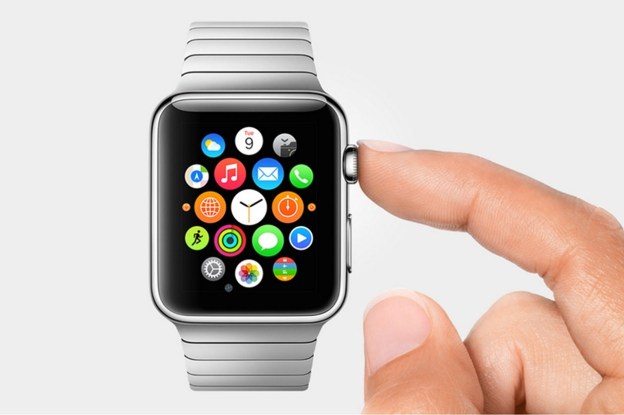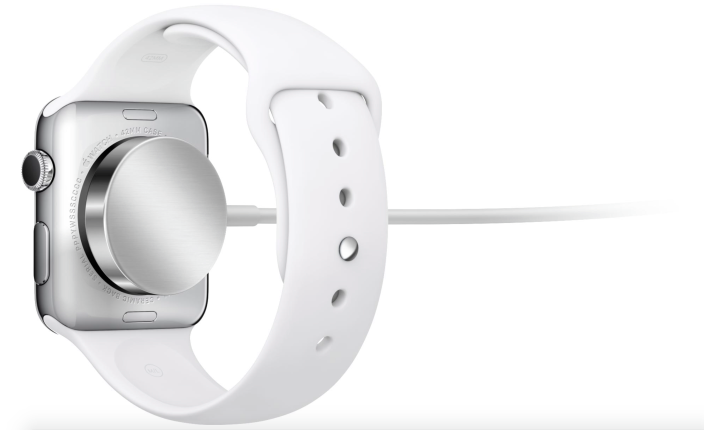We’ve been hearing a lot from both Apple and fans about the speculated limits on the battery life of the new Apple Watch. The device is loosely claimed to need a recharge overnight following a full day of use, with Apple employees themselves speaking of what might be frustratingly short battery life on the device – and also talking about ways in which the company might tackle the problem.
The problem of power consumption is always going to be present on such a small lightweight device with such high demands on components to power high end functions such as the 60 frames per second retina display on the Apple Watch.
SEE ALSO: Facebook Cracking Down on Hoax News Stories
Powering the device itself is Apple’s new S1 chip – a derivative of the A7 processor chip found across other Apple devices. The device is a heavy hitter with a comparatively small surface area and overall size, but the thing about such an advanced chip, which performs almost on par with the iPad standard A7, is again the demands it will have on the watch’s power.
Figures leaked to 9to5Mac earlier have pinpointed what Apple predicts will be the final running time of the Apple watch, as well as detailed figures on what the battery can provide on a full charge. For starters, having the watch face activated will drain the battery after 3 hours of continuous use – although you wouldn’t be looking at the face for that amount of time.
While it does seem convenient to be able to turn the watch face on and off, it does somewhat defeat the purpose of the watch and watch face being always present as an alternative to a normal watch. With regards to other battery life, Apple’s target for 19 hours of mixed active and passive usage of the Apple Watch has been said to unfortunately be a little premature.
SEE ALSO: Netflix Will Go Global Within 2 Years
Further analysis of the capabilities of the Apple watch have led sources of the leak to believe that the 19 hour target may not be achieved on the first generation of the device. However, using fitness tracking software only will drain the battery after 4 hours, and heavy app usage for intensive programs like games, 2.5 hours, with normal apps clocking in at 3,5 hours.
The Apple Watch’s power usage is then, far from ideal – even mag safe inductive socket-less charging through the watch’s rear won’t alleviate the problem of the low storage capacity of the battery and high power consumption of the components. Of course, usage of the apps and fitness features will probably not be enough during the day to drain the battery in its entirety, but users may see the battery alert more often than they’d like towards the end of the day.
Via: Techspot
Source: 9to5Mac


